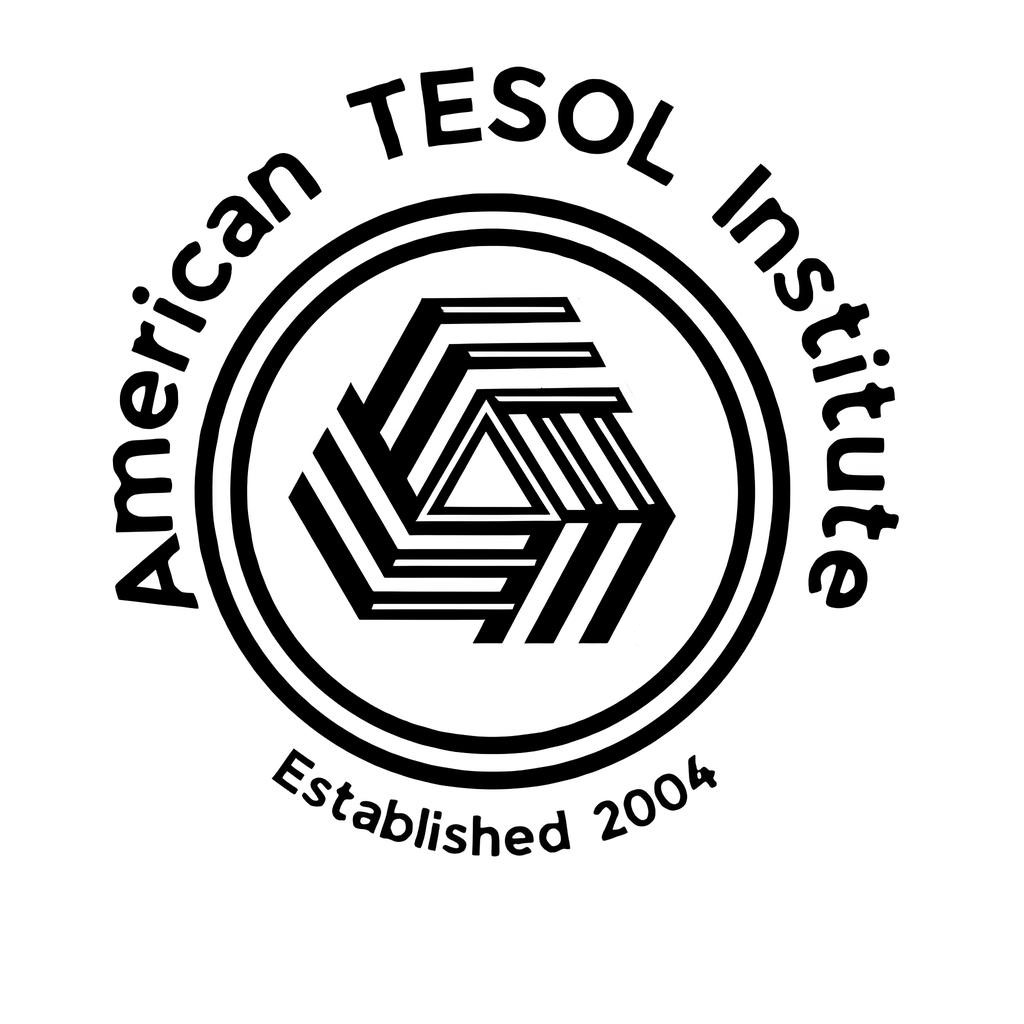Quotations condense complex ideas into memorable, bite-sized nuggets—perfect catalysts for classroom engagement. Begin by selecting quotes that align with your lesson objectives and your students’ interests or cultural contexts. A line from Maya Angelou on resilience, for example, can frame a discussion on narrative voice in literature, while a Steve Jobs remark on curiosity can launch a STEM inquiry project. Present the quote visually (projected slide, handout margin, or even a strategically placed QR code) and audibly by reading it aloud; this dual-channel delivery deepens initial impact and models expressive reading.
Next, guide students from passive reception to active interrogation. Invite them to paraphrase the quote in their own words, identify key vocabulary, and connect the message to prior knowledge or current events. Use open-ended prompts—“How might this idea apply to digital citizenship?”—to spark reflective dialogue or small-group debates. As students articulate interpretations, they exercise critical-thinking skills and internalize nuanced language structures, especially valuable in ESL settings where authentic, context-rich usage accelerates acquisition.
To solidify learning, embed quotes into creative output. Challenge learners to write a short narrative that embodies the quote’s principle, design an infographic that visually interprets it, or produce a brief podcast episode analyzing its relevance today. These multimodal projects transform quotations from static text into living ideas expressed through varied media, reinforcing both content mastery and 21st-century communication skills.
Finally, close the loop with self-reflection. Ask students to journal about a time the quote’s theme surfaced in their own lives, or to set a personal goal inspired by the insight gained. By moving from comprehension to personal application, you cultivate intrinsic motivation and underscore the enduring power of words—showing students that the right quote, like a well-chosen tool, can illuminate concepts, spark inspiration, and resonate long after the lesson ends.



